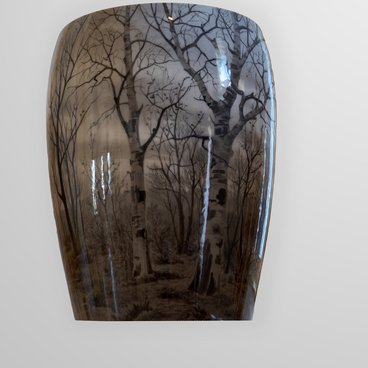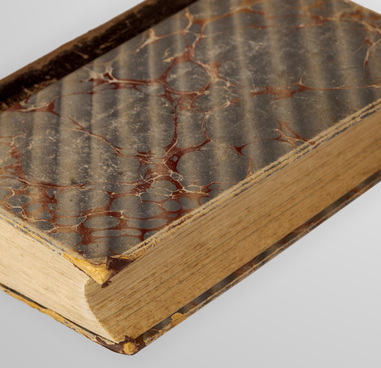The black-and-white group photo “Charity Bazaar” from the study of Empress Alexandra Feodorovna was supposedly taken between 1910 and 1912. It depicts one of the charity bazaars organized by the Empress in Yalta.
In the center of the photo is the Empress wearing a light-colored dress and a wide-brim hat decorated with flowers. She is surrounded by a group of people, mostly men wearing military uniforms and headgear. The Empress offers the men in front of her to buy handmade products. The photo was taken in a pavilion decorated with garlands.
“The bazaar is going very well. People are buying our products faster than they become available; each of us manages to make a pillow and a cover every day,” the Empress wrote to her husband during World War I.
In early 20th-century Russia, representatives of all social classes were engaged in charity work and took part in various public campaigns to raise donations for the sick and the suffering. Many members of the imperial family also contributed to charity work, founded societies to help the poor and the sick, and donated their own money. Large charitable organizations — various government agencies and committees — operated under the direct supervision of the Emperor. The imperial family showed a lot of concern for the upbringing of children and their moral development. Charity and philanthropy formed integral parts of their lives. A hard worker since childhood, Empress Alexandra Feodorovna founded the Handicraft Society. By joining this organization, representatives of high society pledged to make at least three items a year for the poor.
Moreover, the Empress organized large charity bazaars in 1910–1914, with the proceeds donated to help tuberculosis patients and the poor. Empress Alexandra Feodorovna and her children participated in two charity festivals held on a pier in Yalta. One of them is depicted in this photo.
In the center of the photo is the Empress wearing a light-colored dress and a wide-brim hat decorated with flowers. She is surrounded by a group of people, mostly men wearing military uniforms and headgear. The Empress offers the men in front of her to buy handmade products. The photo was taken in a pavilion decorated with garlands.
“The bazaar is going very well. People are buying our products faster than they become available; each of us manages to make a pillow and a cover every day,” the Empress wrote to her husband during World War I.
In early 20th-century Russia, representatives of all social classes were engaged in charity work and took part in various public campaigns to raise donations for the sick and the suffering. Many members of the imperial family also contributed to charity work, founded societies to help the poor and the sick, and donated their own money. Large charitable organizations — various government agencies and committees — operated under the direct supervision of the Emperor. The imperial family showed a lot of concern for the upbringing of children and their moral development. Charity and philanthropy formed integral parts of their lives. A hard worker since childhood, Empress Alexandra Feodorovna founded the Handicraft Society. By joining this organization, representatives of high society pledged to make at least three items a year for the poor.
Moreover, the Empress organized large charity bazaars in 1910–1914, with the proceeds donated to help tuberculosis patients and the poor. Empress Alexandra Feodorovna and her children participated in two charity festivals held on a pier in Yalta. One of them is depicted in this photo.


